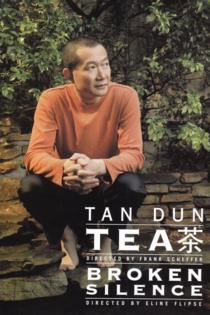
Frank Scheffer
1956 (69 лет)Attrazione D'Amore/Voyage to Cythera
Frank Scheffer
Riccardo Chailly, Maria João Pires
Attrazione d'Amore is a touching illustration of the unique relation that has developed between the Conductor Riccardo Chailly and his famous Royal Concertgebouw Orchestra. Voyage to Cythera navigates through wonderful musical quotes made of performances conducted by Berio, rehearsals, archival documents and interviews featuring Riccardo Chailly and Louis Andriessen.
Attrazione D'Amore/Voyage to Cythera

Inner Landscape
Frank Scheffer
Documentary about the creation of the chamber opera Si Fan, composed by Chinese composer Guo Wenjing in 2015 for the Nieuw Ensemble. In Si Fan (‘yearnings of love’), Guo combines traditional opera from his native Sichuan with his own music. "I don’t think when composing, I follow my heart", Guo says to Ed Spanjaard, head conductor of the Nieuw Ensemble, who comes to visit him in China to learn about the secrets of Sichuan opera. In this painstaking film, Shen Tiemei, the star singer of the Sichuan opera, speaks about the differences between East and West, and between tradition and the modern age.
Inner Landscape
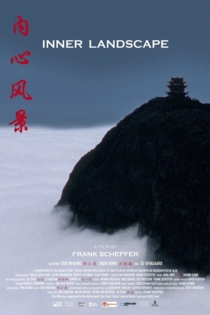
Conducting Mahler/I Have Lost Touch with the World
Frank Scheffer
Riccardo Chailly, Gustav Mahler
Documents the interpretations of Gustav Mahler's compositions by conductors Bernard Haitink, Riccardo Chailly, Riccardo Muti, Claudio Abbado, and Simon Rattle, who detail the special relationship they have with Mahler's work.
Conducting Mahler
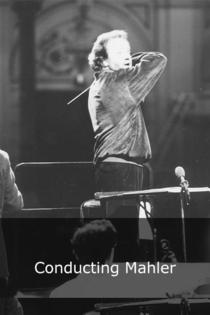
A Labyrinth of Time
Frank Scheffer
Elliott Carter, Daniel Barenboim
Carefully composed portrait of prominent modern composer Elliott Carter (1908-1912). Scheffer depicts both the person and the development in his music and the musical tradition it grew out of, as well as the time in which the American Carter grew up. The result: historical images of the city of New York, old film footage, cinematographic finds to illustrate the music and statements by conspicuous fellow-composers and musicians, including Pierre Boulez and Daniel Barenboim.
A Labyrinth of Time
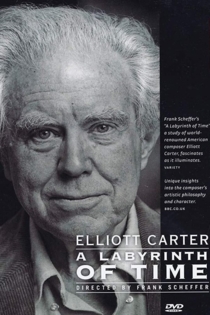
Helikopter Streichquartett
Frank Scheffer
Karlheinz Stockhausen
One morning, the late Karlheinz Stockhausen awoke from a dream that told him to take to the sky. Stockhausen envisioned four helicopters swirling in the clouds, with each of a quartet’s members tucked inside his own chopper, communicating through headsets, stringing away in sync to the rotor-blade motors. He immediately set forth to make that dream a reality. In 1995, Dutch film director Scheffer followed Stockhausen in the days leading up to the premiere performance of his Helicopter String Quartet in Amsterdam. The resulting film offers a rare glimpse of Stockhausen as he patiently dictates every agonizingly detailed measure to the Arditti Quartet.
Helicopter String Quartet
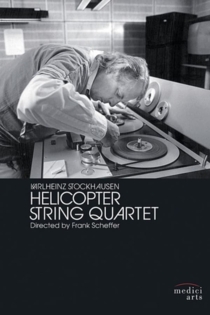
De natuurlijke ruimte
Frank Scheffer
Ton Alberts, Dom H. van der Laan
In The Nature of Space, Frank Scheffer juxtaposes the ideas of two Dutch architects: the Benedictine monk Dom H. van der Laan and the anthroposophic architect Ton Alberts. Van der Laan represents a plain and pure architecture, based on his own research into ratios. He designed churches and monasteries, among them a monastery in Vaals. Ton Alberts works from organic forms, as demonstrated by his design of the NMB Bank headquarters in Amsterdam. Director Frank Scheffer stresses the difference in style between these architects, both of whom allow their spiritual background to be reflected in their work, by adopting a very different camera style in the case of each. (filmcommission.nl)
The Nature of Space

Eclat
Frank Scheffer
Pierre Boulez
Eclat is a fascinating documentary about the work. We witness rehearsals by the Netherlands' Nieuw Ensemble, hear comments about the piece from the composer, conductor Ed Spanjaard and some of the musicians, and we see a full performance of the work. Eclat ("To burst out") is a beautiful example of the strangely lyrical pointillist style that Boulez had inherited from Anton von Webern. Aural pinwheels and shifting musical kaleidoscopes with stunning instrumental color is the only way to verbally describe what must be heard to be understood. This is definitely not for those who hate "modern" music. For those who respond to contemporary music, this piece is masterful and this film is a must-see!
Eclat

Varese, the One All Alone
Frank Scheffer
Described by writer Henry Miller as “the stratospheric colossus of sound”, French sonic alchemist Edgard Varèse (1883 - 1965) continues to influence music even 40 years after his death. Artists who cite his influence include Frank Zappa, John Cage, Elliot Carter, Pierre Boulez and many others in the contemporary DJ scene. Classifying music as ‘organised sound', Varèse was the first composer to emancipate music from accepted chordal combinations.
Varese, the One All Alone
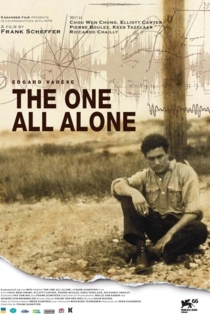
How to Get Out of the Cage (A year with John Cage)
Frank Scheffer
John Cage
2012 documentary on John Cage celebrating his 100th birthday in the form of a re-edit of partially unused film material shot for the film 'Time is Music’ in 1987. Includes interviews and recordings of performances with the influential zen composer.
How to Get Out of the Cage (A year with John Cage)

Music for Airports: In the Ocean
Frank Scheffer
In this unique documentary, Dutch filmmaker Frank Scheffer trains his lens on the groundbreaking music group Bang on a Can, capturing the band's performance of Brian Eno's ethereal composition "Music for Airports" at the 1999 Holland Festival. The film not only highlights the work of Eno, a distinguished ambient music composer, but also charts the cross-pollination of musical ideas between Europe and America in the 21st century.
In the Ocean
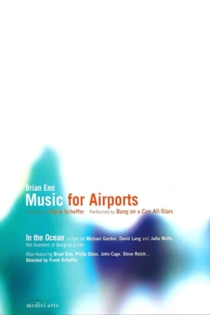
Frank Zappa: A Pioneer of the Future of Music
Frank Scheffer
Frank Zappa
Frank Scheffer's (collage like) documentary on the American composer and rock guitarist Frank Zappa, as broadcast by VPRO in the Netherlands April 22,2007. Most of what’s on here is seen before, particularly in Roelof Kier’s 1971 documentary and/or Scheffer’s own documentary “A present day composer refuses to die”. But there is some new stuff too, particularly interviews with Denny Walley, Haskell Wekler, Elliot Ingber and Bruce Fowler.
Frank Zappa: A Pioneer of the Future of Music
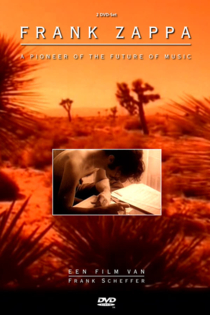
Hollandse Meesters: Frans Zwartjes
Frank Scheffer
In 1968 Zwartjes was one of the first Dutch visual artists to make use of film: initially as a record of his performances, but quite soon after as an independent medium, perfectly suited to his way of creating visual art. Zwartjes did everything himself – camera, sound, editing and even the developing in the laboratory. He would work with non-professional actors selected from his circle of friends, and filmed in and around his own house. He particularly favoured editing his film ‘in the camera’ by switching the camera on and off while shooting. ‘My own motor system determined the film style,’ Zwartjes stated in an interview. ‘It never occurred to me to wonder: can this shot follow on after this one? If you start wondering about that you should be looking for another job straight away.’ This publication consists of a selection of photographs taken by Zwartjes during his years of filming and a short footage film on DVD from 1969.
Dutch masters: Frans Zwartjes

Tea
Frank Scheffer
Director Scheffer registered a performance of the Tea Opera by Chinese composer Tan Dun (who won an Oscar in 2001 with his score for Crouching Tiger, Hidden Dragon). Scheffer interlaces the images with interviews with Dun, stage director Pierre Audi and librettist Xu Ying, about the opera and the role tea and oriental philosophy play in this work. Using monochrome, sometimes abstract images (in yellow, blue, red and green), close-ups of plants and flowers and images of the Chinese nature and people (sometimes accelerated or decelerated, sometimes in black-and-white), he mirrors the stylised opera performance and Dun's reflective music.
Tea
